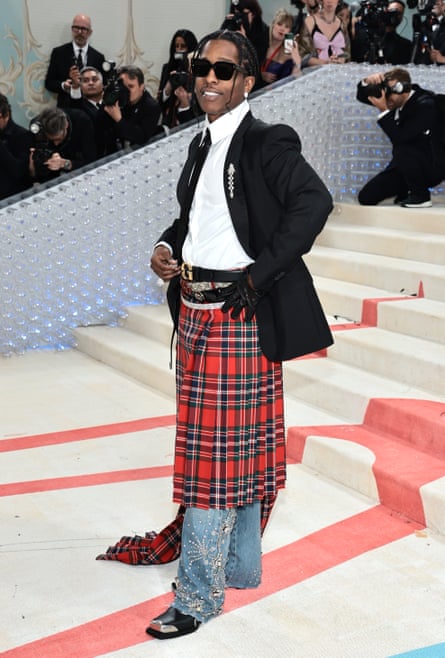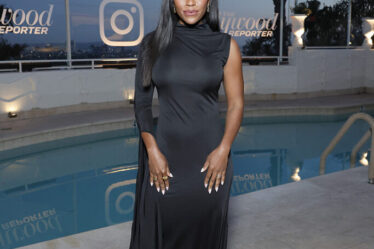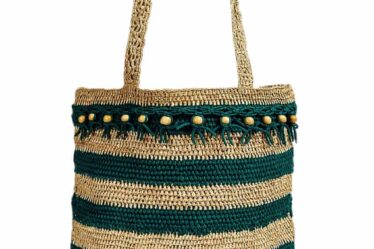
Viewers in the UK switched on the second series of The Traitors this week in the hopes of witnessing more gothic grandeur and backstabbing, but they may also have enjoyed a fireside fashion moment – thanks to Claudia Winkleman’s kilt.
A perfect example of literal dressing, Winkleman’s attire complemented the Scottish castle backdrop perfectly. But it was also in line with a wider moment for the pleated skirt.
“The kilt is well and truly back,” says Queralt Ferrer, design director of fashion at John Lewis. “We’ve seen searches for the wardrobe staple on johnlewis.com increase plus-92% versus this time last year.”
On the secondhand resale site Depop, searches for kilts are up 52% month-on-month. For one seller, Charlotte Dibley, “the craftsmanship and quality materials of kilts stand out in a world dominated by fast fashion’s fleeting trends”.
At the more luxe end, Chopova Lowena, a buzzy London-based brand, has recently led the charge. The label’s carabiner skirts are beloved of K-pop stars and Chloë Sevigny. A Burberry kilt can set you back £1,490, while Rave Review upcycles vintage kilts to make very modern-looking skirts.
The Glaswegian designer Charles Jeffrey, well-known in fashion circles for his kilts, said the garment represents “strength, subversion and Scottishness”.
“Subversion being about the idea that most men will not want to wear a skirt. However, a kilt is a skirt, and a lot of men think that kilts look very powerful.”
At last year’s Met Gala, A$AP Rocky, widely touted as one of the best dressed men on red carpets, wore what appeared to be a red tartan kilt over jewelled jeans. Although, as Andrew Groves, a professor of fashion design at Westminster, was at pains to point out, it was not technically a kilt.

The kilt is many things to many people and what exactly qualifies is not always clear. “Essentially it’s a piece of cloth worn as a garment around your waist with a flat front, which is called the apron, and with the back pleated,” says John McLeish, chair of the Scottish Tartan Authority, who owns six. Of course, he says, “kilts don’t have to be tartan, but generally they are”.
In the 1740s, after the failed Jacobite rising, the kilt was outlawed north of Scotland’s Highland line. The ban was lifted in 1782, with a supporter of the cause taking some comfort from its reinstatement: “This must bring great joy to every Highland heart. You are no longer bound down to the unmanly dress of the lowlander.”
Nearly two centuries later, it was reinvented by Vivienne Westwood and became synonymous with punk. It is both establishment and anti-establishment; royalty and rebellion.
Groves thinks its revived popularity rest with the kilt’s ability to “outlive its original function … capable of being reinvented and reinterpreted by each new generation.” As a result, he says, “it occupies a space outside of fashion that is seen as historical, romantic, and even folkloric; making it ripe for appropriation by fashion designers and then open to subversion”.
Of course, for some people the kilt never went away. McLeish has been wearing them since childhood. They are, he says, “as at home at a sporting event, a wedding, a graduation, a ball, as they are on the catwalks of Milan”.



